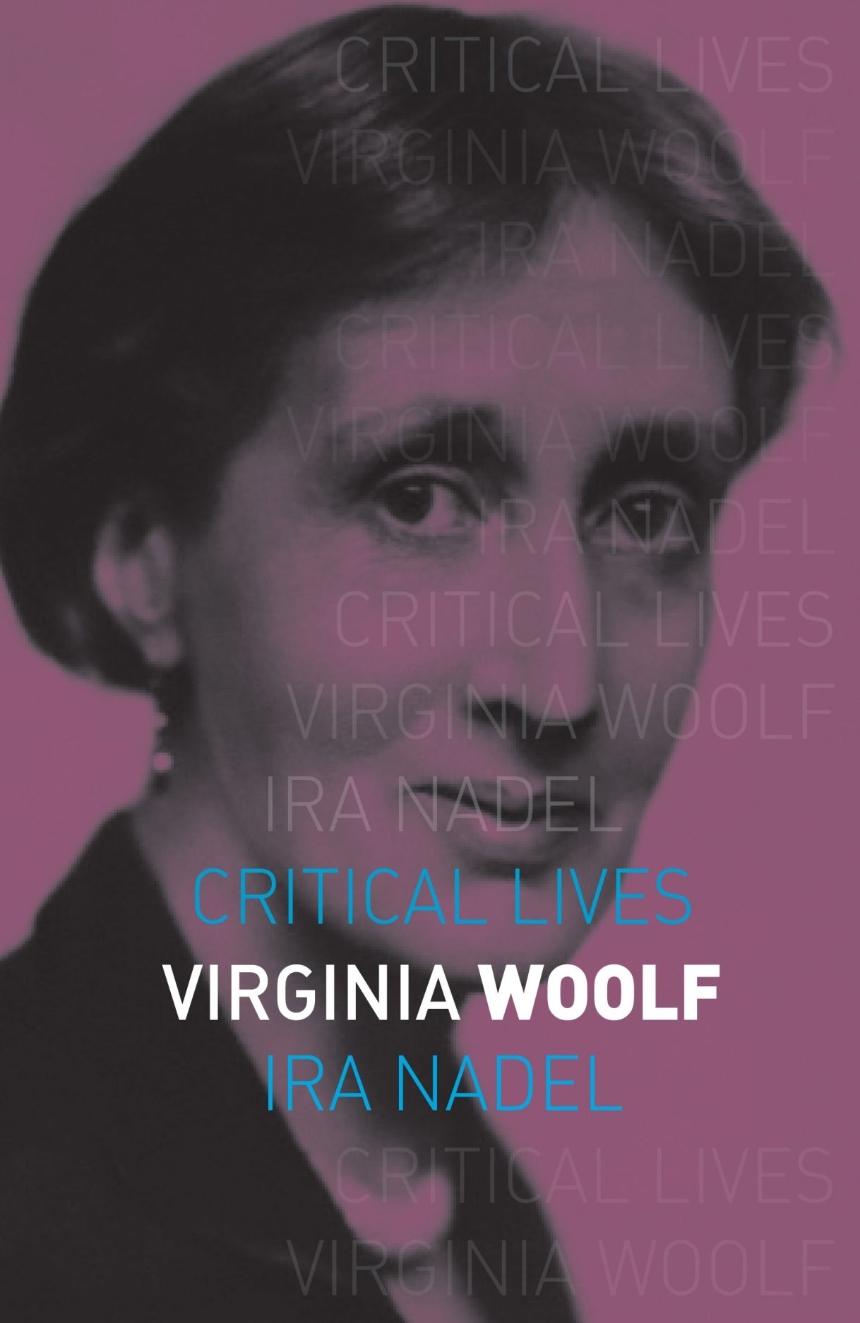Distributed for Reaktion Books
Virginia Woolf
Virginia Woolf was one of the most significant literary figures of the twentieth century—a major literary stylist and a lyrical novelist whose stream-of-consciousness approach in iconic books such as Mrs Dalloway, To the Lighthouse, and Orlando would inspire generations of writers to follow. She was also one of the first to address the injustices of gender disparity and the ravages of World War I at home. Uncovering new details about Woolf’s life and the places she inhabited, this engaging biography offers fresh insights into her works and legacy, focusing on the ways place and imagination intertwine in her writing.
Drawing on Woolf’s letters, journals, diaries, autobiographical essays, and fiction, Ira Nadel paints a portrait of the writer in situ, whether in the enclosed surroundings of Hyde Park Gate or the open and free-spirited environs of Gordon Square’s Bloomsbury. He shows how Woolf’s experimental style was informed by her own reading life and how her deeply sensitive understanding of history, narrative, art, and friendship were rendered in her prose. He explores the famous Bloomsbury group of intellectuals in which she was immersed as well as her relationships with fascinating figures such as Vita Sackville-West and Lady Ottoline Morrel. Nadel looks at Woolf’s attitudes toward sex and marriage, analyzes her uncertain social and political views, and, finally, offers a sensitive examination of her mental instabilities and the nervous breakdowns that would plague her for most of her life, up until her suicide in 1941.
A moving account of an exceptional writer who ushered in a new era of literature, this biography perfectly captures the intricate relationship between art and life.
Drawing on Woolf’s letters, journals, diaries, autobiographical essays, and fiction, Ira Nadel paints a portrait of the writer in situ, whether in the enclosed surroundings of Hyde Park Gate or the open and free-spirited environs of Gordon Square’s Bloomsbury. He shows how Woolf’s experimental style was informed by her own reading life and how her deeply sensitive understanding of history, narrative, art, and friendship were rendered in her prose. He explores the famous Bloomsbury group of intellectuals in which she was immersed as well as her relationships with fascinating figures such as Vita Sackville-West and Lady Ottoline Morrel. Nadel looks at Woolf’s attitudes toward sex and marriage, analyzes her uncertain social and political views, and, finally, offers a sensitive examination of her mental instabilities and the nervous breakdowns that would plague her for most of her life, up until her suicide in 1941.
A moving account of an exceptional writer who ushered in a new era of literature, this biography perfectly captures the intricate relationship between art and life.
Reviews
Table of Contents
Abbreviations
Introduction
1. 22 Hyde Park Gate, 1882–1904
2. 46 Gordon Square, 1904–7
3. 29 Fitzroy Square, 1907–11
4. 38 Brunswick Square, 1911–15
5. Hogarth House, 34 Paradise Road, Richmond, 1915–24
6. 52 Tavistock Square, 1924–39
7. Monk’s House I, 1924–37
8. Monk’s House II, 1938–1941
Epilogue
References
Bibliography
Acknowledgements
Photo Acknowledgements
Introduction
1. 22 Hyde Park Gate, 1882–1904
2. 46 Gordon Square, 1904–7
3. 29 Fitzroy Square, 1907–11
4. 38 Brunswick Square, 1911–15
5. Hogarth House, 34 Paradise Road, Richmond, 1915–24
6. 52 Tavistock Square, 1924–39
7. Monk’s House I, 1924–37
8. Monk’s House II, 1938–1941
Epilogue
References
Bibliography
Acknowledgements
Photo Acknowledgements

